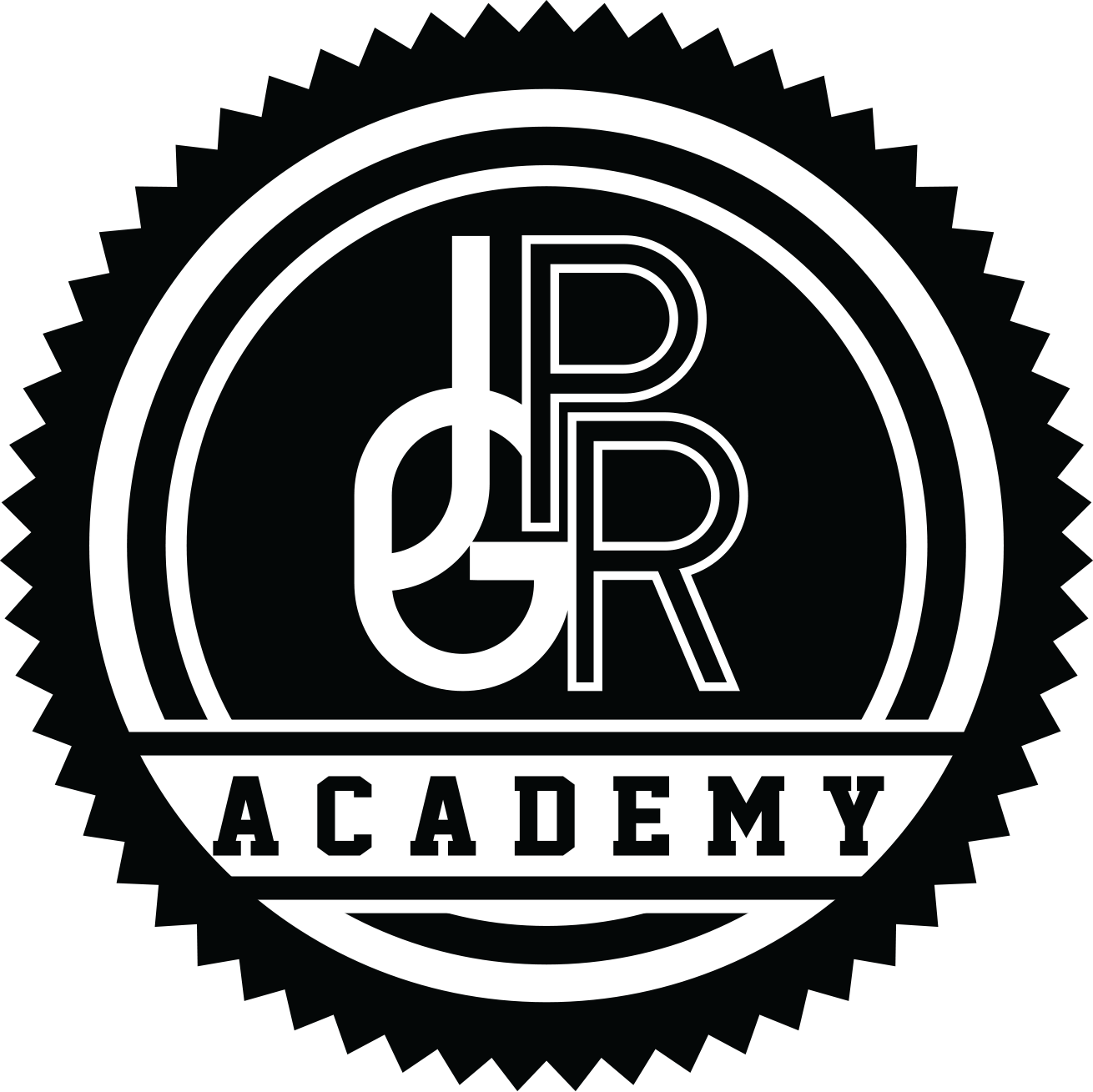In the fast-paced world of public information, conveying your agency’s message clearly and effectively is paramount. As a Public Information Officer, you are the bridge between your organization and the public, and nowhere is this role more critical than during a media interview. The interview is not just a conversation; it’s an opportunity to shape narratives, inform public opinion, and enhance your agency’s image. Mastering the art of the interview is an essential skill for any PIO who wants to navigate the complexities of media relations with poise and precision. This article will provide you with proven techniques to ensure your media interactions are successful and leave a lasting positive impact.
1. Preparation is Key Before any interview, research the topic thoroughly. Understand the facts, anticipate questions, and prepare clear, concise answers. Please familiarize yourself with the journalist’s previous work to gauge their interview style.
2. Crafting Your Message: Develop three key messages you want to convey. These should be memorable, relevant, and align with your agency’s objectives. Repeat these points throughout the interview to reinforce them.
3. Bridging Techniques When faced with difficult or off-topic questions, use bridging phrases like “What’s important to remember is…” or “Let’s not forget that…” to steer the conversation back to your key messages.
4. Non-Verbal Communication: Your body language speaks volumes. Maintain eye contact, use open gestures, and show confidence. This non-verbal communication can reinforce the credibility of your verbal message.
5. Managing Tough Questions: Stay calm and composed, even when questions are challenging. If you don’t know the answer, it’s okay to say you’ll provide the information later. Never speculate or provide information you’re not confident about.
6. Sound Bites: Craft concise, impactful statements that can easily be quoted. Sound bites should encapsulate your key messages in a compelling way that resonates with the audience.
7. Practice Makes Perfect: Rehearse your responses and practice with mock interviews. Practicing will help refine your messaging and delivery, making you more comfortable during the interview.
8. Understanding the Audience: Remember who you’re ultimately speaking to – the public. Tailor your language and examples to resonate with the community you serve.
9. Follow-up: Be available for any follow-up questions after the interview. Provide additional information if promised, and thank the journalist for the opportunity to share your agency’s perspective.
10. Continuous Learning: Review your interviews to identify areas of improvement. Seek feedback from colleagues and consider media training to enhance your skills.
By employing these techniques, you’ll be able to navigate media interactions with finesse, ensuring your agency’s narrative is communicated effectively and positively. Remember, every interview is an opportunity to build trust and credibility with the public.
Certainly! Here’s an enhanced introduction and a more detailed conclusion for the article “The Art of the Interview: Techniques for Effective Media Interactions.”
Effective media interactions are the cornerstone of a Public Information Officer’s role. They require a blend of preparation, strategy, and adaptability. By embracing the techniques outlined in this article, you can transform any interview into a powerful platform for your agency’s message. Remember, each interview is more than just a chance to relay information—it’s a stage to reinforce your agency’s credibility and commitment to the community. As you continue to engage with the media, let these techniques be your guide, and you’ll find that with each interaction, your confidence and influence grow. The art of the interview is a craft that evolves with experience. As you refine your approach, your ability to communicate effectively will become one of your most valuable assets in serving the public trust.
